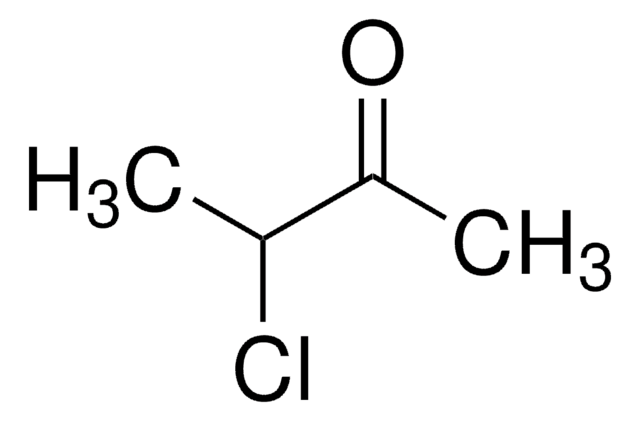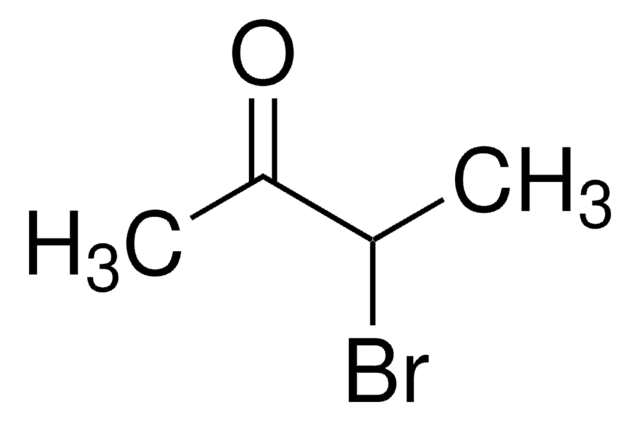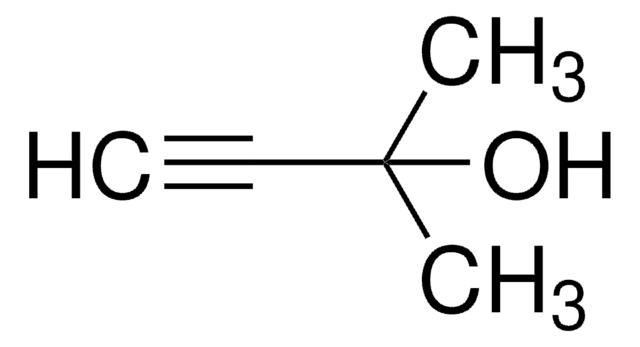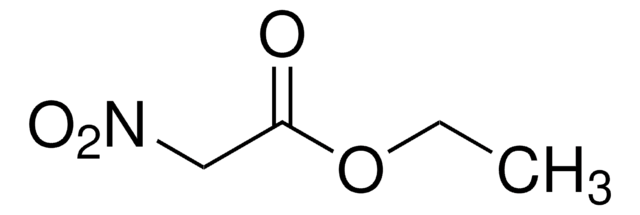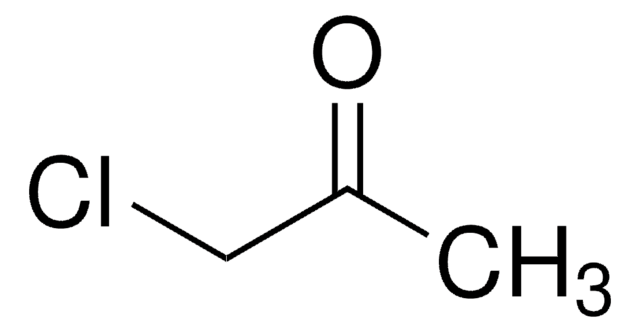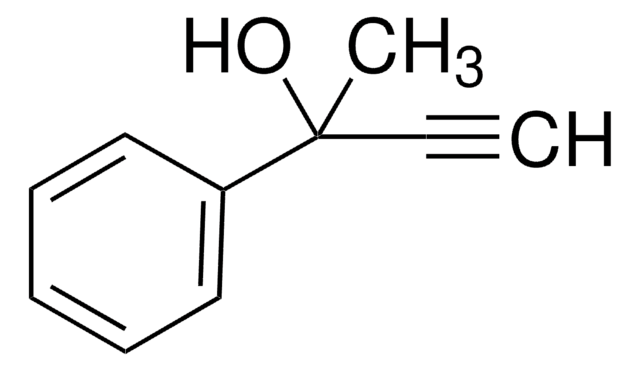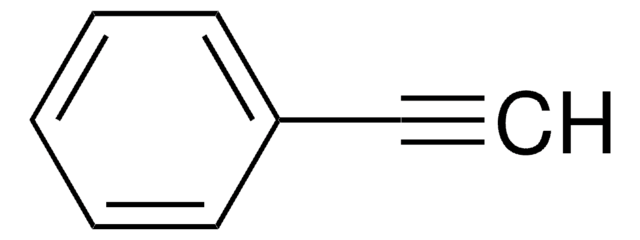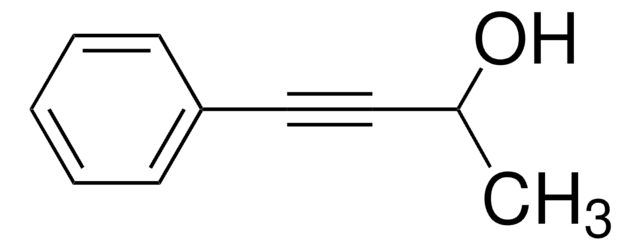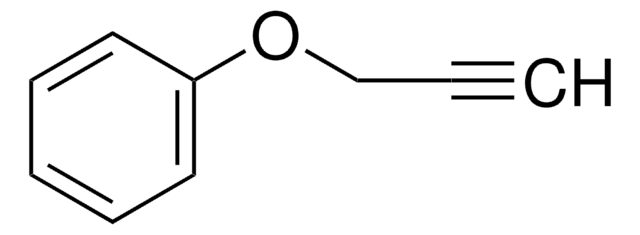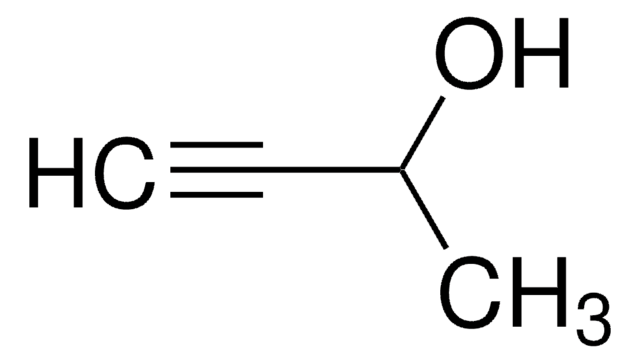243299
1-Bromo-2-butanone
95%
Synonym(s):
Bromomethyl ethyl ketone
Sign Into View Organizational & Contract Pricing
All Photos(1)
About This Item
Linear Formula:
C2H5COCH2Br
CAS Number:
Molecular Weight:
151.00
EC Number:
MDL number:
UNSPSC Code:
12352100
PubChem Substance ID:
Recommended Products
Assay
95%
form
liquid
contains
~5% calcium carbonate as stabilizer
refractive index
n20/D 1.465 (lit.)
bp
105 °C/150 mmHg (lit.)
density
1.479 g/mL at 25 °C (lit.)
storage temp.
−20°C
SMILES string
CCC(=O)CBr
InChI
1S/C4H7BrO/c1-2-4(6)3-5/h2-3H2,1H3
InChI key
CCXQVBSQUQCEEO-UHFFFAOYSA-N
Application
1-Bromo-2-butanone (bromomethyl ethyl ketone) was used as a potential regulatory site-directed reagent for the residue C221 on pyruvate decarboxylase. It was also used as a reagent for aromatic bromination with sodium hydride in DMSO and in a microwave-assisted preparation of fused heterocycles.
Signal Word
Warning
Hazard Statements
Precautionary Statements
Hazard Classifications
Acute Tox. 4 Dermal - Acute Tox. 4 Inhalation - Acute Tox. 4 Oral - Eye Irrit. 2 - Skin Irrit. 2 - STOT SE 3
Target Organs
Respiratory system
Storage Class Code
10 - Combustible liquids
WGK
WGK 3
Flash Point(F)
154.4 °F - closed cup
Flash Point(C)
68 °C - closed cup
Personal Protective Equipment
dust mask type N95 (US), Eyeshields, Gloves
Regulatory Information
新产品
Choose from one of the most recent versions:
Already Own This Product?
Find documentation for the products that you have recently purchased in the Document Library.
Erin F DiMauro et al.
The Journal of organic chemistry, 71(10), 3959-3962 (2006-05-06)
The rapid and efficient synthesis of various disubstituted 5,6-fused heterocycles using a microwave-assisted one-pot cyclization-Suzuki coupling approach is described. This work highlights the tolerance of the boronic ester functional group to a variety of reaction conditions and the utility of
Tetrahedron Letters, 47, 3889-3889 (2006)
I Baburina et al.
Biochemistry, 37(5), 1245-1255 (1998-03-07)
The residue C221 on pyruvate decarboxylase (EC. 4.1.1.1) from Saccharomyces cerevisiae has been shown to be the site where the substrate activation cascade is triggered [Baburina et al. (1994) Biochemistry 33, 5630-5635] and is located on the beta domain [Arjunan
Our team of scientists has experience in all areas of research including Life Science, Material Science, Chemical Synthesis, Chromatography, Analytical and many others.
Contact Technical Service